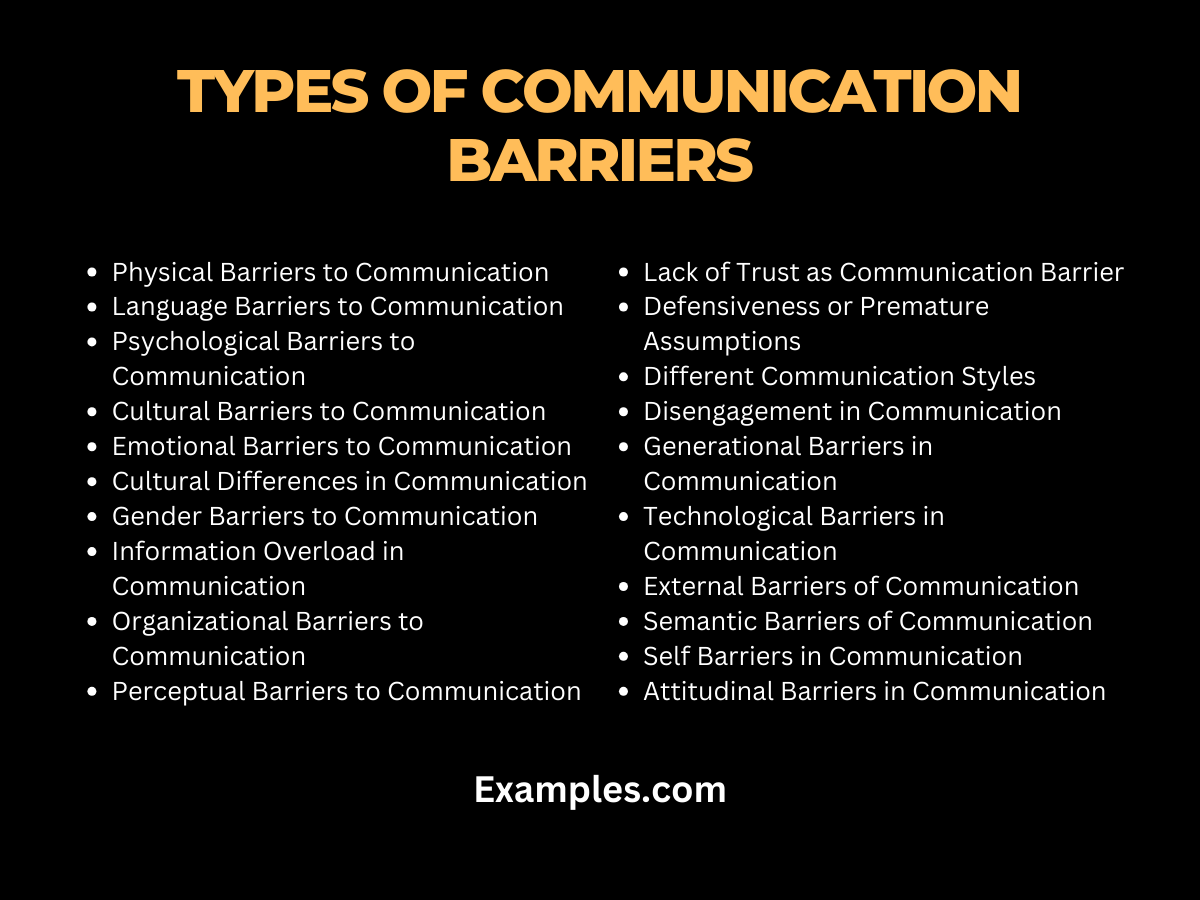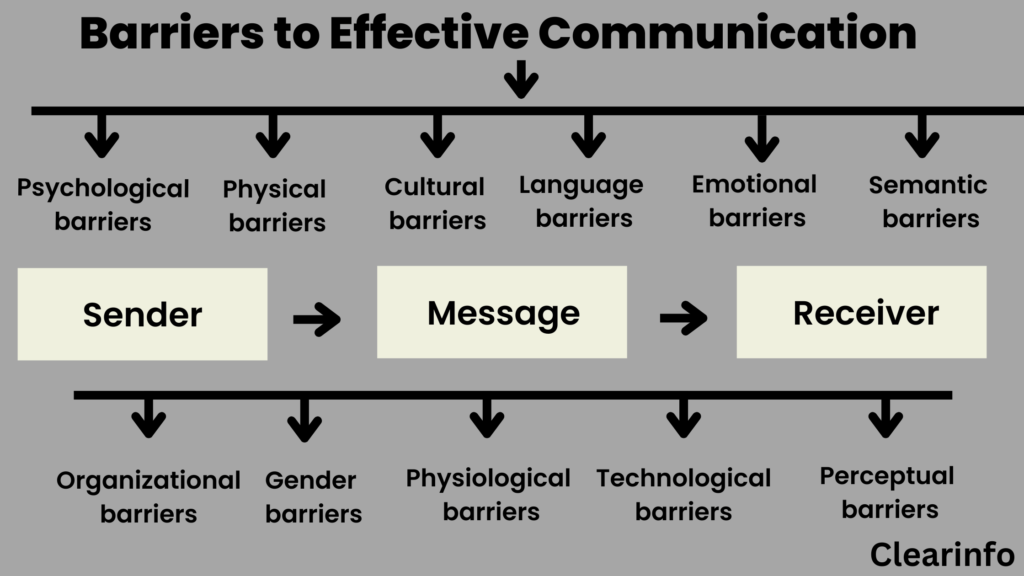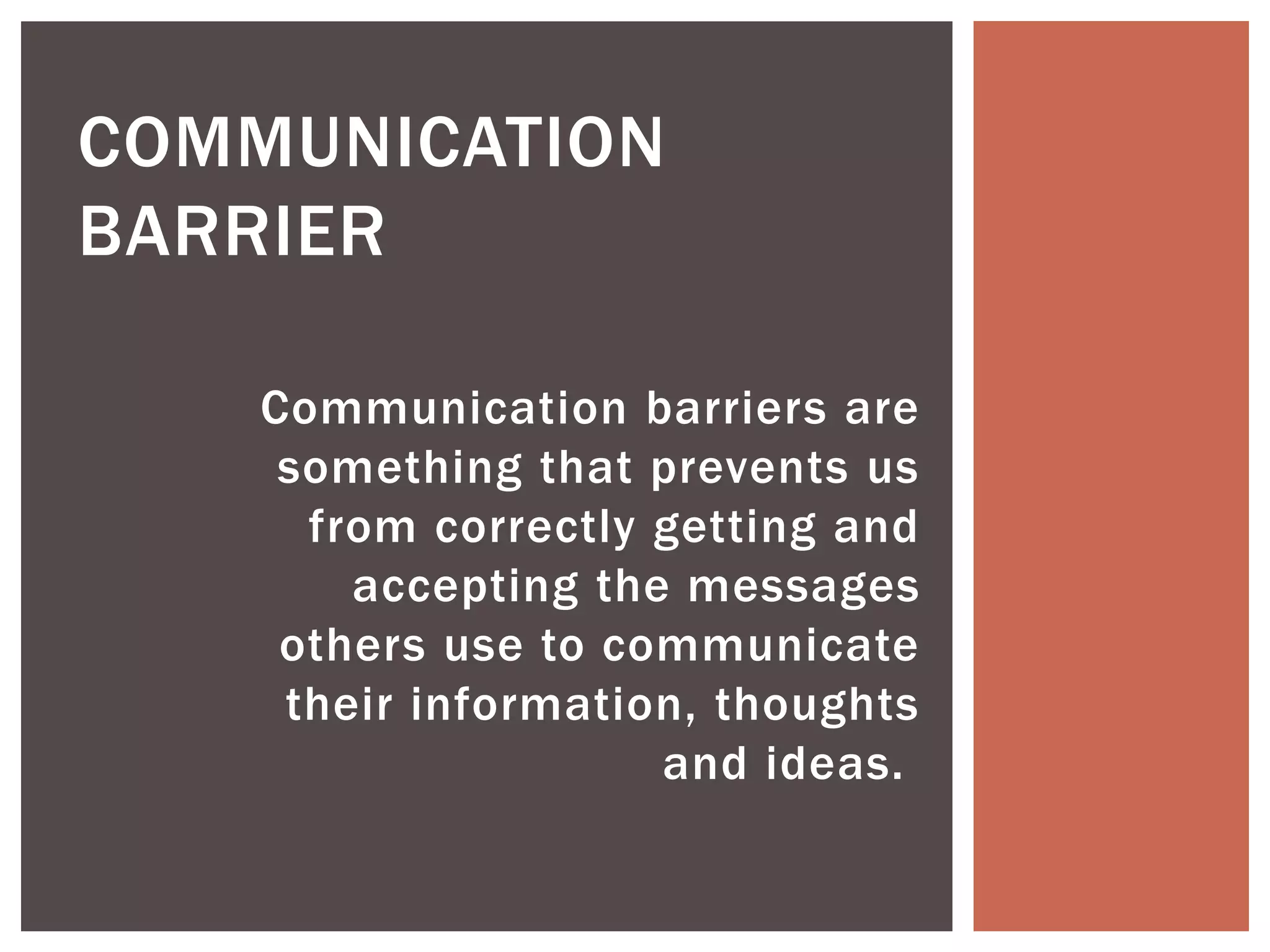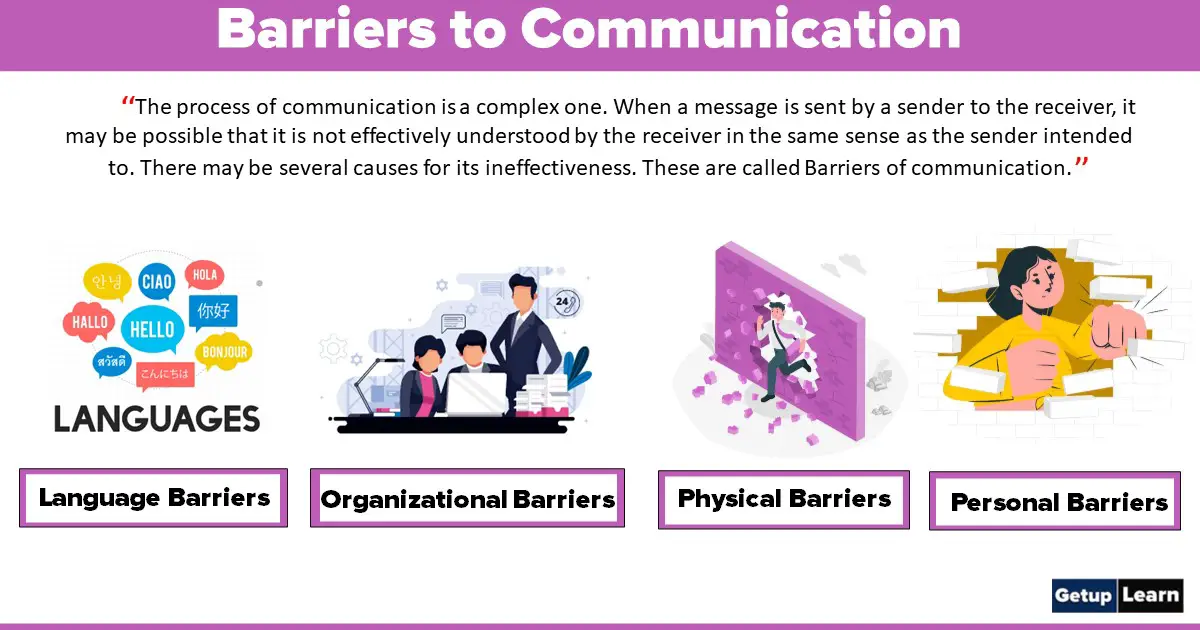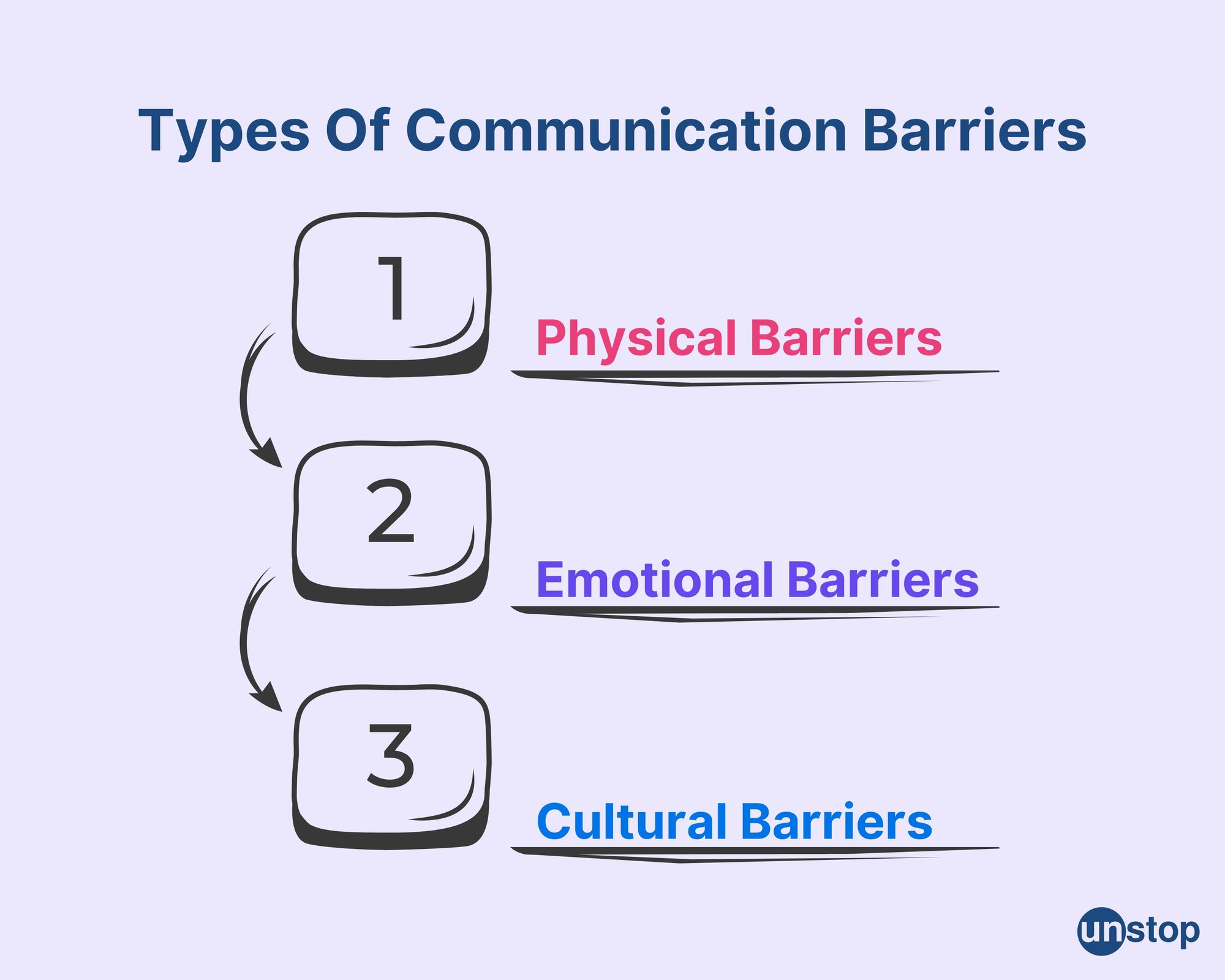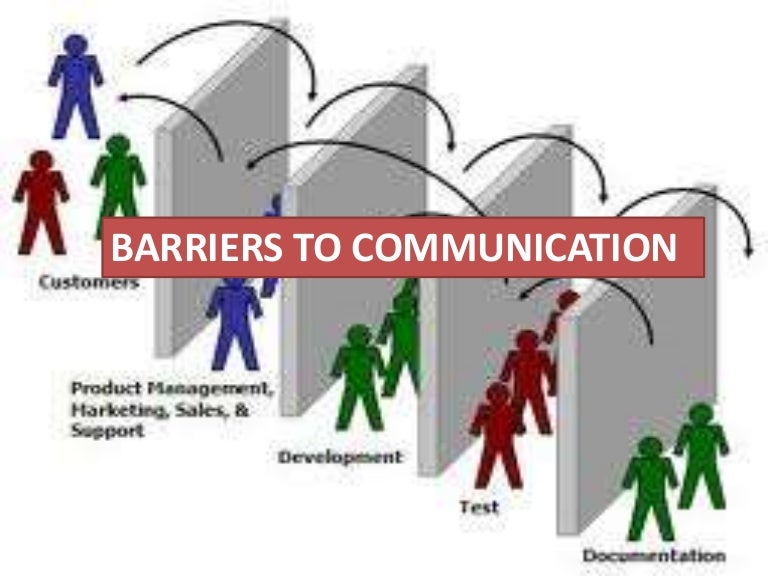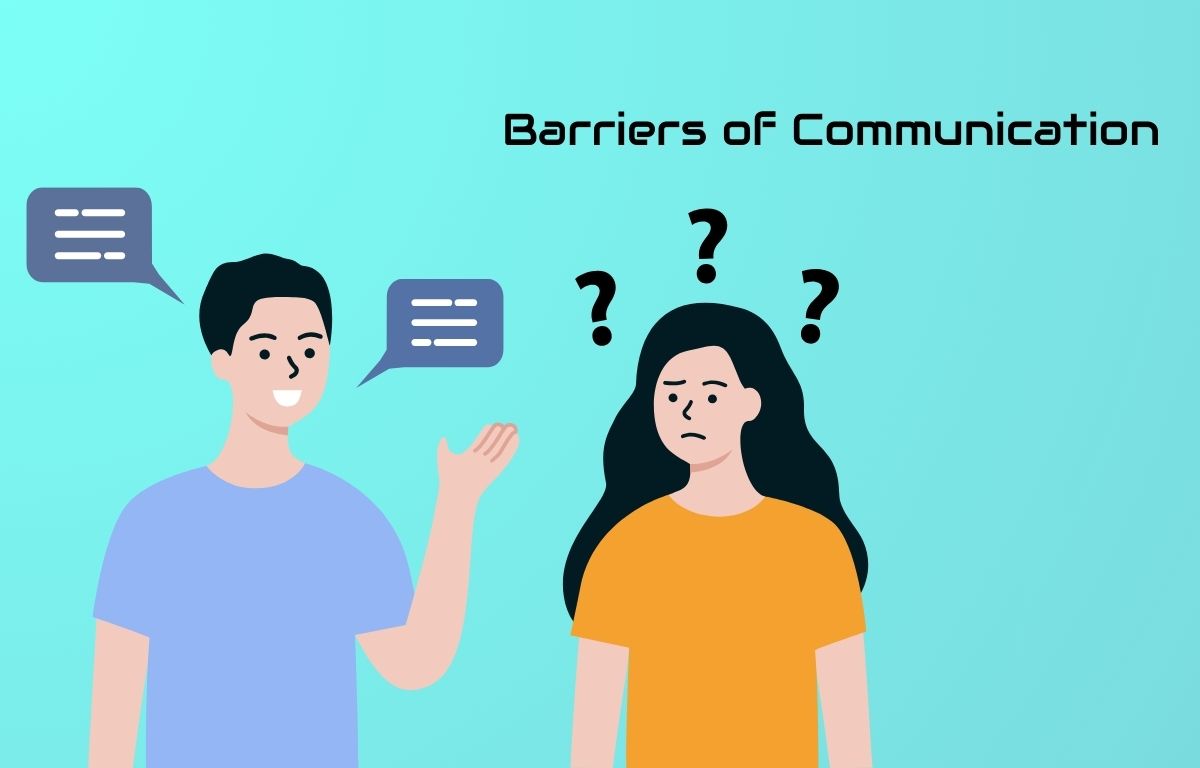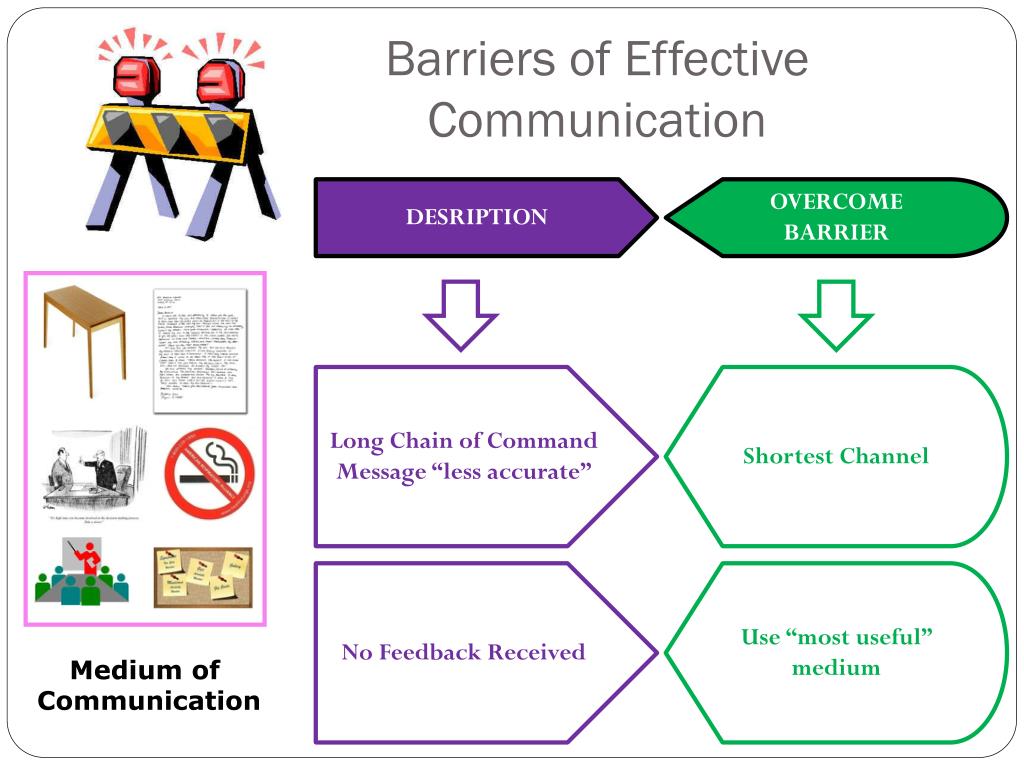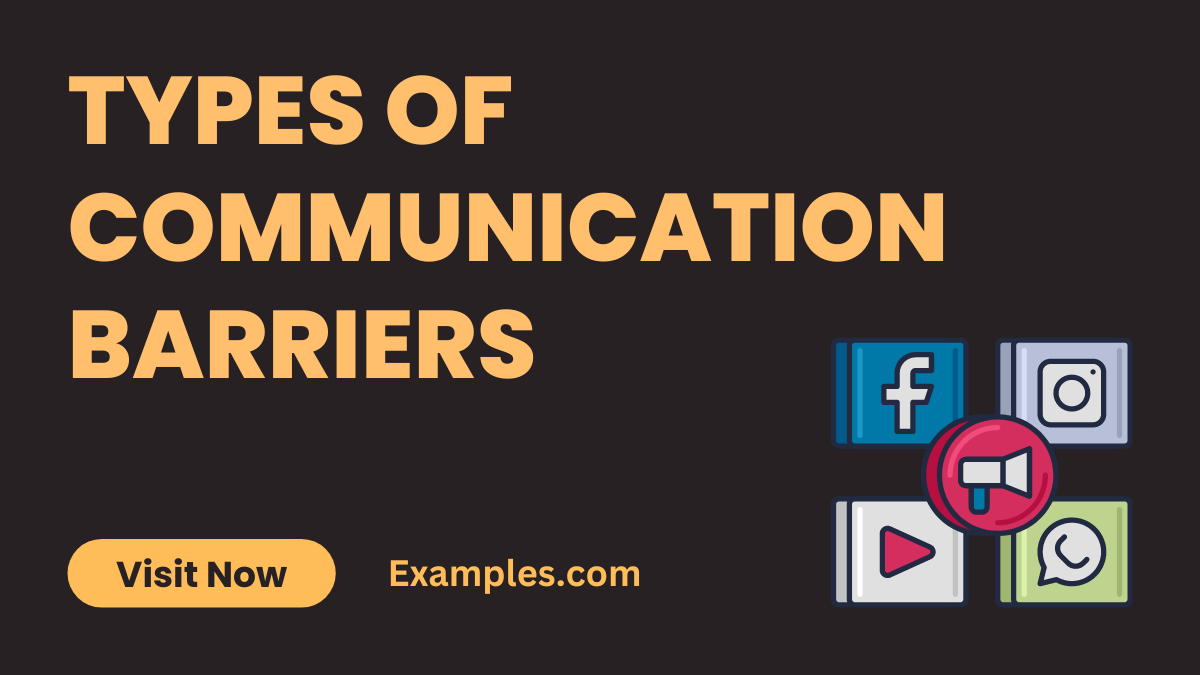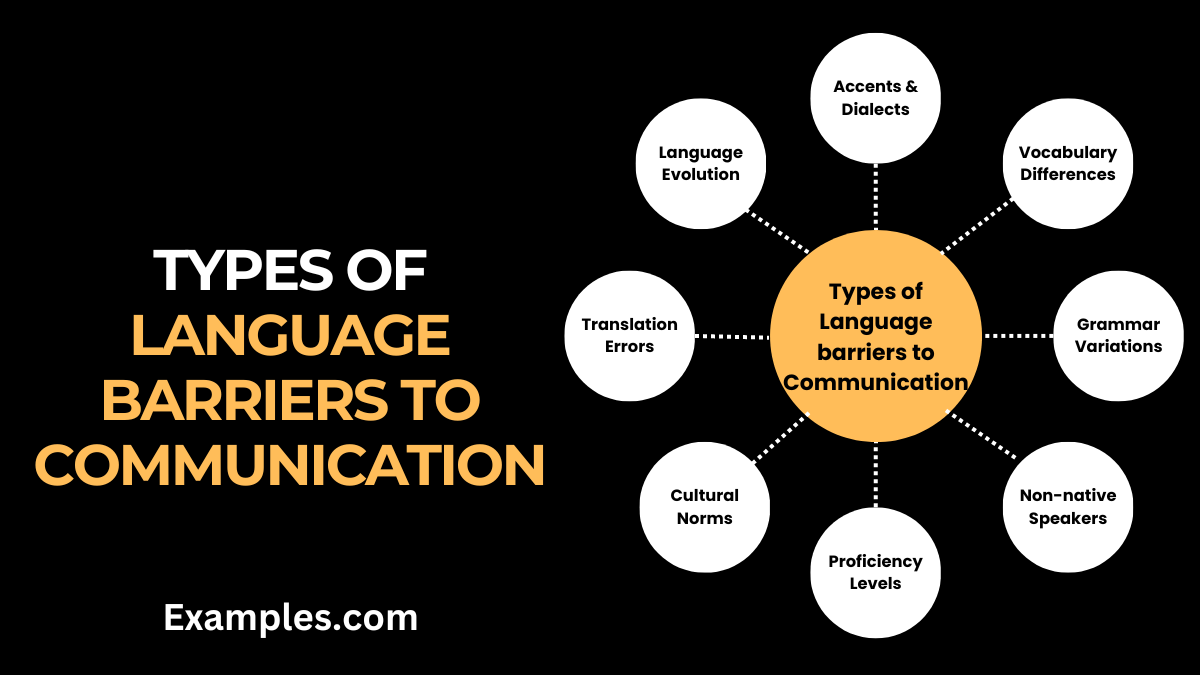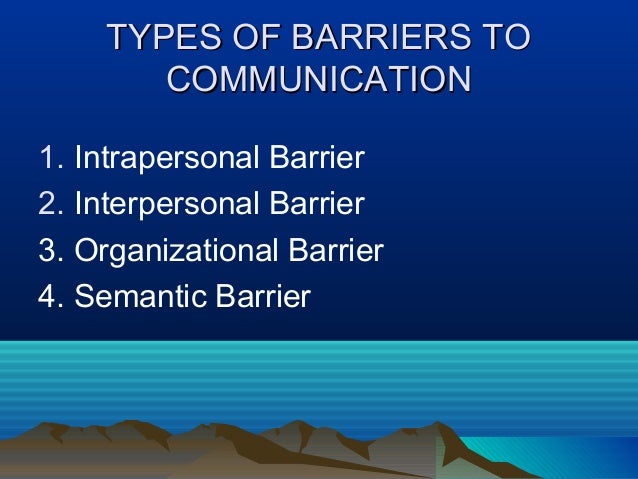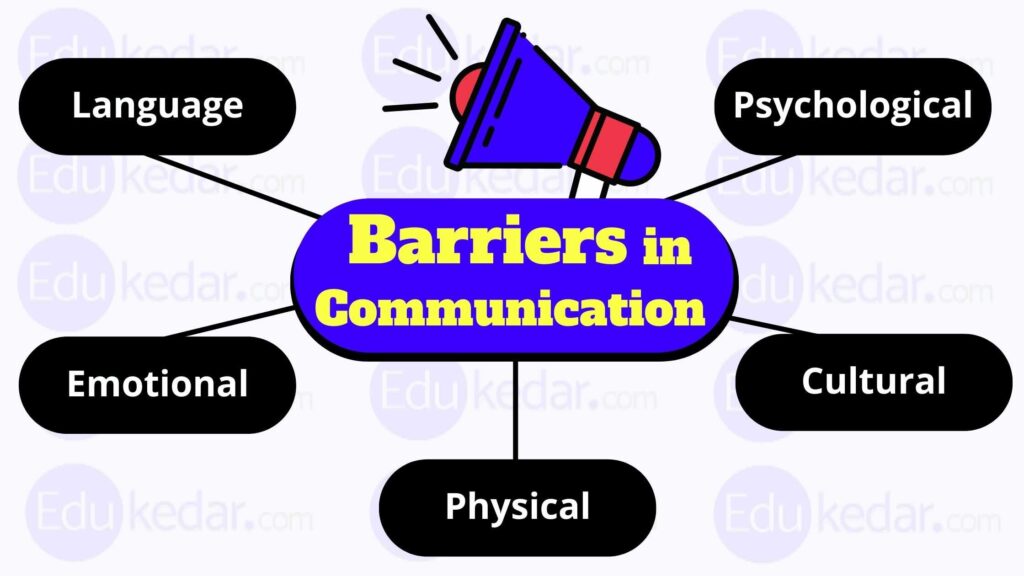Two Types Of Communication Barriers
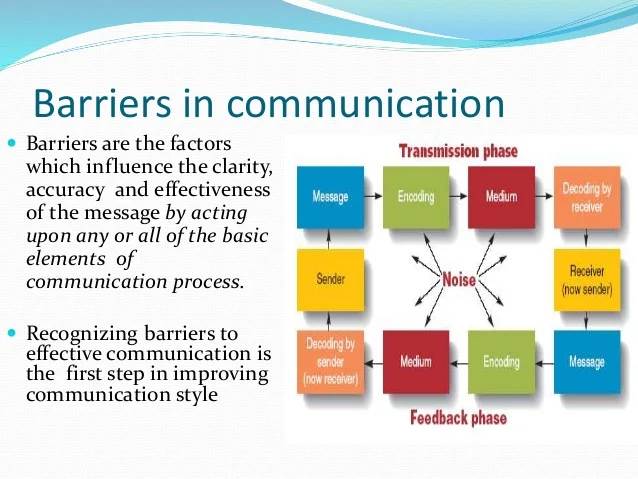
Communication breakdowns are escalating across various sectors, hindering productivity and fueling misunderstandings. Experts identify two primary types of communication barriers as the core problem: semantic and psychosocial barriers.
Semantic Barriers: Words That Wound
Semantic barriers arise from misunderstandings in the meaning of words, symbols, and non-verbal cues. These are exacerbated by jargon, ambiguous language, and cultural differences, leading to misinterpretations of messages.
A recent study by the Communication Institute of America revealed that 60% of workplace misunderstandings stem from semantic discrepancies. The research, conducted between January and October 2024, surveyed 5,000 employees across diverse industries.
For instance, the term "ASAP" can mean different things to different people, ranging from "immediately" to "within a week." This ambiguity can lead to delays and frustration.
Cultural differences further complicate semantic understanding. A gesture considered polite in one culture may be offensive in another, creating significant communication challenges in global teams.
"The nuances of language and culture are often overlooked, leading to unintended offense and miscommunication," says Dr. Anya Sharma, a leading communication consultant.
Addressing Semantic Barriers
Organizations can mitigate semantic barriers by promoting clear and concise language. This includes defining jargon, avoiding ambiguous terms, and actively seeking clarification.
Cross-cultural training programs can also help employees understand and respect diverse communication styles. These initiatives foster empathy and improve intercultural communication skills.
Implementing feedback mechanisms allows individuals to confirm their understanding and address any potential misinterpretations promptly. Active listening and paraphrasing are crucial techniques.
Psychosocial Barriers: The Mind's Roadblocks
Psychosocial barriers encompass psychological and social factors that impede effective communication. These include emotional states, prejudices, stereotypes, and power dynamics.
Fear, distrust, and anxiety can significantly distort communication. Individuals experiencing these emotions may filter information, misinterpret intentions, and avoid open dialogue.
Prejudices and stereotypes create biases that affect how we perceive and interact with others. These biases can lead to unfair treatment and exclusion, undermining team cohesion.
Power dynamics within organizations can also hinder communication. Employees may hesitate to express their opinions or concerns to superiors, fearing negative repercussions.
"Creating a psychologically safe environment is essential for overcoming psychosocial barriers," emphasizes Professor David Chen, a specialist in organizational behavior.
Overcoming Psychosocial Barriers
Building trust and rapport among team members is critical. Encouraging open and honest communication fosters a safe space for sharing ideas and concerns.
Addressing biases and stereotypes through diversity and inclusion training can promote a more equitable and inclusive work environment. This reduces the impact of unconscious biases on communication.
Establishing clear communication channels and feedback mechanisms empowers employees to voice their opinions and concerns without fear of retaliation. Leaders must actively listen and respond to feedback.
The Way Forward
Understanding and addressing both semantic and psychosocial barriers is crucial for effective communication. Ignoring these challenges can lead to misunderstandings, conflict, and decreased productivity.
Organizations must invest in communication training and implement strategies to create a more inclusive and transparent communication environment. Ongoing monitoring and evaluation are essential to ensure the effectiveness of these efforts.
Further research is underway to explore the interplay between these barriers and identify best practices for overcoming them. The findings will be published in the Journal of Applied Communication in early 2025.

